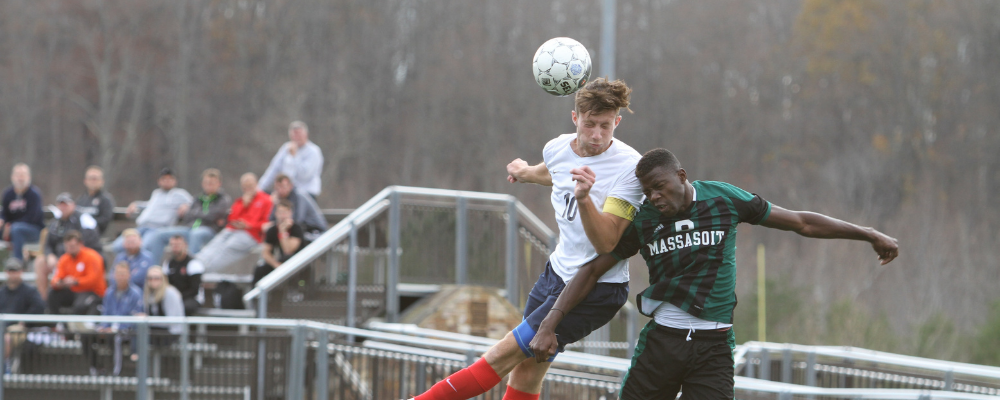The Effects of Brain Injury in Contact Sports
The International Classification of Disease (ICD) defines mild TBI as concussion and severe TBI as skull fracture, oedema, brain injury or bleed. Mild TBI and TBI is usually caused by car, motorcycle, and bicycle injuries; military exposures; boxing, horse riding, and other recreational contact sports.
Traumatic brain injury (TBI) is a significant public health problem in the United States alone, with approximately 1.5-2 million TBIs occurring each year. However, it is believed that these figures underestimate the true toll of TBI.

Through increased impact awareness, increased safety measures could be implemented to prevent and treat TBIs more effectively. Currently there are a growing number of studies that are finding a relationship between TBIs and neurodegenerative diseases.
In Denmark, a study was conducted to look at the relationship between mild TBIs and the risk of dementia in patients of 50 years old. The risk of dementia was seen to increase in the ten years after their head injury.
Another study in Sweden, which involved of 3 million people showed a similar link between brain injury and dementia risk, with the findings being that, the higher the number of head injuries, the higher the risk of dementia.
When looking at the risk of TBIs in contact sports such as football (soccer) and rugby, it may be considered that these are fairly low risk sports, however, mounting evidence is suggesting that multiple mild TBIs in contact sports are leading to much more serious cognitive diseases in players.
Whilst, soccer is a sport not typically viewed as a high risk for concussions in the USA, however a number of studies have found that concussion rates in soccer not only comparable to, but frequently exceed concussion rates in other contact sports. One study reported that 22% of injuries in soccer were in fact concussions of mild TBIs.
It is understood that these mild TBIs in soccer are a result of ‘heading’ the ball during a game or from direct contact with the ball. Links are being built between the number of headers a player sustains and the way in which is impacts their cognitive ability, including their visual/verbal memory and attention span.
The University of Glasgow conducted a study in 2019 which looked at the causes of death in a group of 7,600 professional football players and compared this with 23,000 individuals from the general population. It was found that there was a rate of death, over three times higher than would be expected, from neurodegenerative diseases such as Alzheimer’s, motor neurone disease and Parkinson’s.
As the evidence grows to expose the link between mild TBIs and the risk factor in contact sports, will new safety measures be implemented to protect players across all levels of contact sports?
We have already seen children under the age of 12 being banned from heading a ball in football in England, Scotland and Northern Ireland, following a similar ban for under 10’s by the US Soccer Federation. However, no measures are currently in place to protect players across the board.
Impact Detect believe that the ongoing monitoring and evaluation of TBIs as they occur would help to diagnose TBIs more frequently and raise awareness of impact frequency and severity in contact sports to reduce serious injury risk in future and help with earlier diagnosis of neurodegenerative diseases.
About Impact Detect
Impact Detect patented impact detection technology is small, lightweight, low-cost, robust and battery powered.
These properties make our technology easy to integrate within both new and existing helmets, PPE or monitoring equipment with little or no issues relating to weight or wearer comfort. To date Impact Detect solutions have been integrated for use in the motorsport, mobility and team sport markets. The use cases for Impact Detect technology span virtually any market where a helmet is required, from mining and construction, to military, rescue services and sports.
